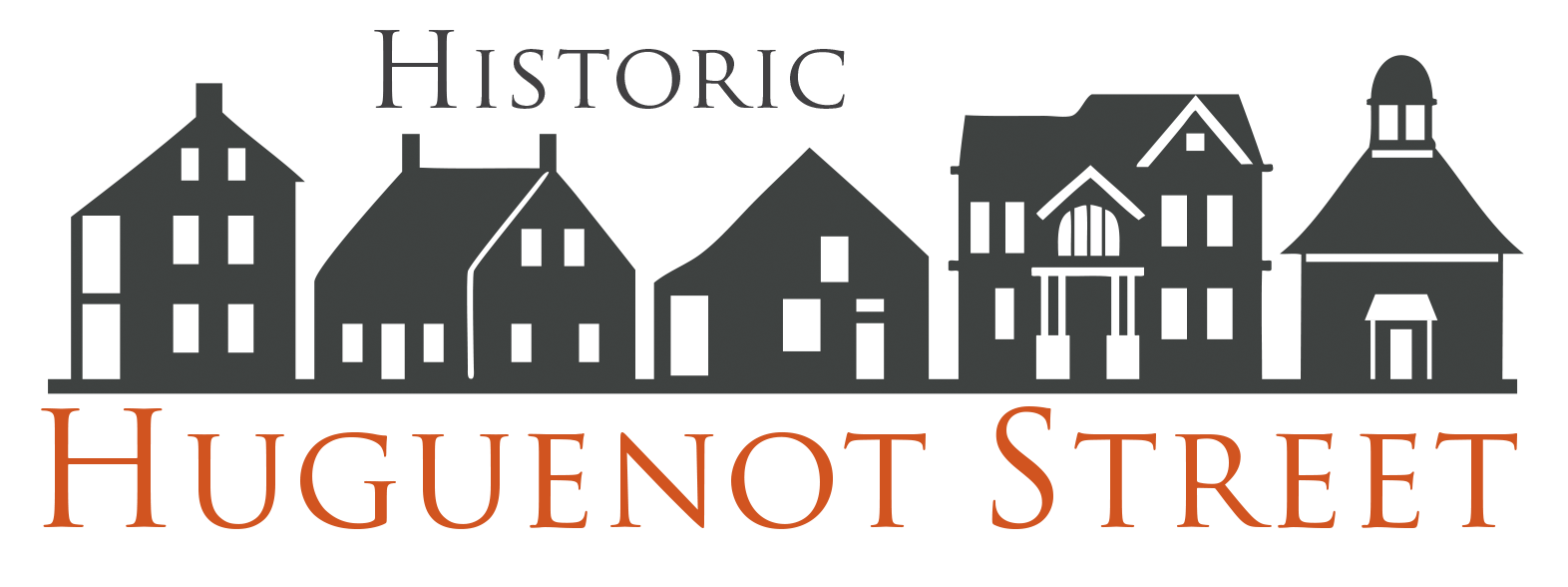Among the Huguenots who left were a group of families from northern France, located near Calais, and what is now southern Belgium. Their names were Bevier, Hasbrouck, DuBois, Deyo, LeFever, and others. They first found safety in die Pfalz, a Protestant region in present-day southwest Germany. It was a tenuous existence, however, given the growing desire of Catholic France and Spain to subdue Protestantism throughout Europe. Consequently, fears that violence was again about to reach their doors caused the families to leave their homes once more and set sail for a Dutch colony in North America, New Netherland, where Protestants were embraced. The Dutch were famous for their religious toleration and, unlike the equally tolerant English, had reformed their church in ways much more similar to the Calvinist faith practiced by the Huguenots. It is likely that such circumstances influenced the decision of many of the families to make the perilous transatlantic journey and settle in the Dutch colonial town of Wiltwijck (today's Kingston), on the Hudson River in the 1660s and 1670s. By that time, though, the colony had been surrendered by the Dutch to the English and renamed New York--the same year that a French army ravaged die Pfalz.
Perhaps fearing the loss of their religious identity and French heritage in a community dominated by seemingly less pious Dutch settlers and merchants, a group of Huguenot families led by Louis DuBois and Abraham Hasbrouck, among others, decided to create a community of their own, one where they could exercise more authority over their worship and their way of life. They arranged the purchase of approximately 40,000 acres of land from the local Esopus Munsee tribe, and a land patent confirming it was issued by the new English Governor of New York, Sir Edmund Andros, in 1677. By 1678, the families had moved to the banks of the Wallkill River and established the village of New Paltz. The families built their first homes out of wood, along with a palisaded fort on a site that had been used for centuries by the Esopus. They divided up their property among the families, began to farm and plant orchards, and created their own church, overseen by the Consistory, comprised of the 12 leaders of the families, who also assumed all political authority over the small community (historians have come to refer to the Consistory as "the Duzine," the French word for dozen). They then, over the next several decades, began to construct more permanent buildings around the outside of the original fort, made out of stone and in a Dutch style, as the community grew to include more people of Dutch descent. Those famous buildings form the foundation of the Historic Huguenot Street you see today.
Over the course of the 1700s, the Huguenot community expanded to include people from many different ethnic backgrounds, including enslaved Africans. They attempted to hold onto their French heritage, through their language and religion, and actually succeeded much longer than any other Huguenot community in North America. But the economic changes brought by an expansive British Empire and a strong local Dutch influence soon transformed New Paltz into a multicultural society, one in which French, Dutch, and English were spoken and written with seemingly equal facility, although their religious practice appears to have permanently shifted from the French Reformed faith of the Huguenots to the somewhat more moderate Dutch Reformed Church at some point in the eighteenth century (and survives to this day). By the 1770s, however, the people of Huguenot Street were actively involved in the creation of yet another society: the United States of America.


